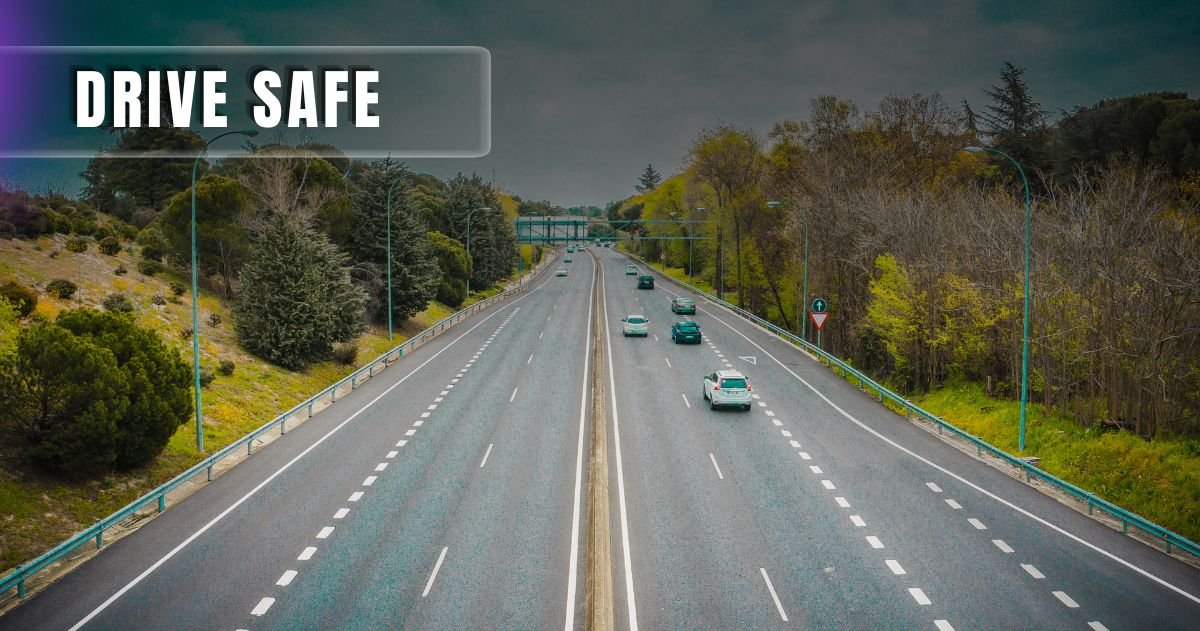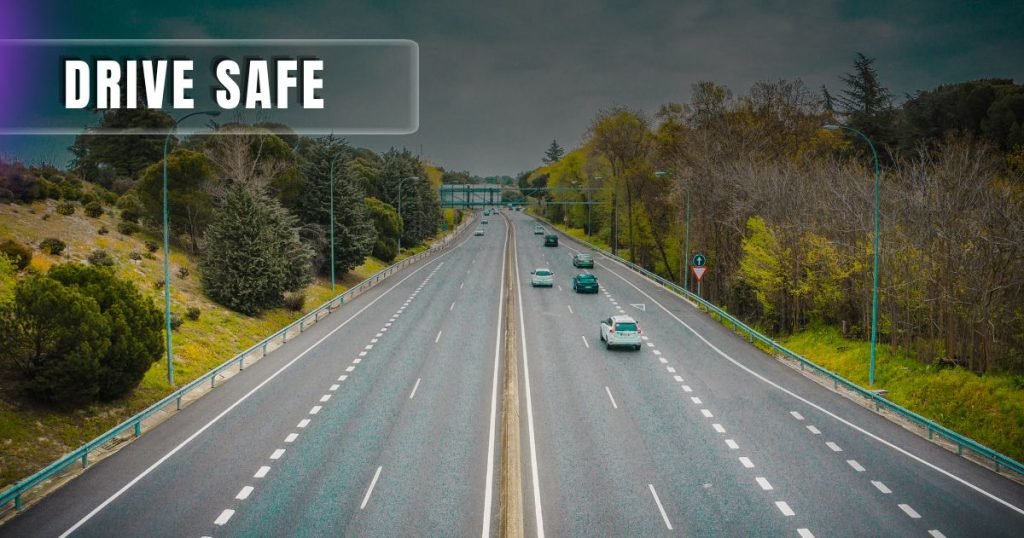
Learn 10 powerful tips for safe driving. Stay alert, follow traffic laws, and maintain your vehicle. Drive responsibly for everyone’s safety.
Driving is not just a means of transportation, it’s a responsibility that comes with potential risks and consequences. Whether you’re a novice driver stepping behind the wheel for the first time or an experienced driver with years of road experience, prioritizing safe driving habits is paramount. In this comprehensive guide, we’ll delve deep into 10 essential safe driving tips that are applicable to drivers of all levels. By incorporating these tips into your driving routine, you not only enhance your safety but also contribute to creating a safer driving environment for everyone on the road.
- Guide-us- Safe Driving
- Stay Focused on the Road
- Follow Traffic Signs and Rules
- Minimize Distractions
- Maintain a Safe Following Distance
- Utilize Turn Signals Effectively
- Adhere to Speed Limits
- Prioritize Seatbelt Use
- Keep Your Vehicle Well-Maintained
- Stay Aware of Weather Conditions
- Remain Calm in Stressful Situations
- Join us-Together for Safer Roads & Safe Driving
- FAQs
Guide-us- Safe Driving
Before we dive into the specifics of safe driving tips, it’s essential to grasp why responsible driving is paramount. Driving is more than just maneuvering a vehicle; it’s about making informed decisions that prioritize safety above all else. By guiding ourselves with the right mindset and awareness, we set the foundation for safe travels on the road. Remember, each time you get behind the wheel, you hold the power to influence the safety of yourself and those around you.
Stay Focused on the Road
The cornerstone of safe driving lies in maintaining unwavering focus on the road ahead. Distractions, whether from mobile devices, conversations, or external stimuli, divert attention away from the primary task of driving. By keeping your eyes on the road and remaining vigilant of your surroundings, you can better anticipate potential hazards and react promptly to ensure your safety and that of others.
Follow Traffic Signs and Rules
Traffic signs and rules serve as the guiding principles of safe and orderly traffic flow. Familiarize yourself with these regulations and adhere to them diligently. Whether it’s respecting speed limits, yielding to pedestrians, or obeying traffic signals, compliance with these rules is paramount for minimizing accidents and promoting a harmonious driving environment.
Minimize Distractions
In today’s hyper-connected world, distractions abound, but they have no place behind the wheel. Minimize distractions by stowing away mobile devices, refraining from eating or drinking, and maintaining focus solely on the act of driving. Remember, a split-second distraction can have dire consequences, so prioritize undivided attention to the road.
Maintain a Safe Following Distance
Maintaining a safe following distance between your vehicle and the one ahead is crucial for preventing rear-end collisions. The recommended following distance varies based on speed and road conditions but maintaining a buffer allows ample time to react to sudden stops or obstacles. Always err on the side of caution and leave adequate space between vehicles.
Utilize Turn Signals Effectively
Turn signals are your means of communicating intentions to other road users. Whether changing lanes, making turns, or merging into traffic, signaling your actions promotes predictability and prevents confusion. Make it a habit to use your signals well in advance to alert others of your intentions, fostering smoother traffic flow and reducing the risk of collisions.
Adhere to Speed Limits
Speeding is a leading cause of accidents, drastically reducing your ability to react to unforeseen circumstances. Respect posted speed limits, adjusting your speed to match road conditions and traffic flow. Remember, arriving a few minutes late is a small price to pay compared to the potential consequences of reckless driving.
Prioritize Seatbelt Use
Seatbelts are your first line of defense in the event of a collision, significantly reducing the risk of serious injury or death. Ensure that all occupants, including passengers in the back seat, are buckled up before setting off. Seatbelt usage should be non-negotiable, regardless of the distance traveled or vehicle type.
Keep Your Vehicle Well-Maintained
A well-maintained vehicle is essential for safe and reliable operation on the road. Schedule regular maintenance checks to inspect vital components such as brakes, tires, lights, and fluid levels. Address any issues promptly to mitigate the risk of mechanical failures while driving, thereby enhancing overall safety for you and your passengers.
Stay Aware of Weather Conditions
Weather can significantly impact driving conditions, presenting unique challenges and hazards. Stay informed about weather forecasts before embarking on a journey, especially if adverse conditions are anticipated. Adjust your driving behavior accordingly, reducing speed and increasing following distance to ensure adequate control and visibility in inclement weather.
Remain Calm in Stressful Situations
Stressful situations are inevitable on the road, but how you respond to them can make all the difference. Maintain a calm and composed demeanor, refraining from engaging in aggressive or confrontational behavior. Practice defensive driving techniques, such as maintaining a safe distance and anticipating the actions of other drivers, to navigate through challenging situations safely.
Join us-Together for Safer Roads & Safe Driving
Join the community of responsible drivers committed to making our roads safer for everyone. By incorporating these essential safe driving tips into your daily routine, you not only safeguard your well-being but also contribute to creating a culture of safety on the road. Together, let’s prioritize responsibility and vigilance behind the wheel, ensuring that every journey is a safe one for all road users.
FAQs
Safe driving is essential to prevent accidents, injuries, and fatalities on the road, ensuring the safety of yourself and others.
To minimize distractions, focus solely on driving and avoid activities like texting or eating, keeping your attention on the road.
If encountering aggressive drivers, maintain a safe distance, practice defensive driving, and report aggressive behavior to authorities.
Enhance visibility by ensuring clean, aligned headlights, reducing speed, increasing following distance, and avoiding direct eye contact with oncoming headlights.
Safely pull over to the side of the road, turn on hazard lights, and if needed, call for roadside assistance. Avoid continuing to drive if the vehicle has significant mechanical problems.
